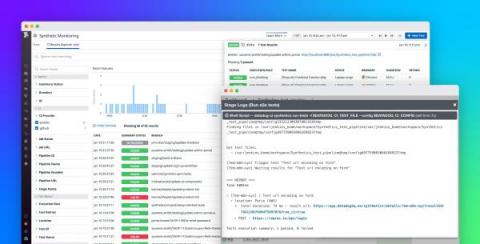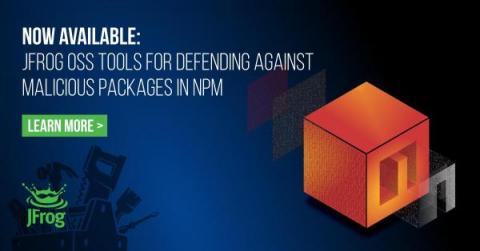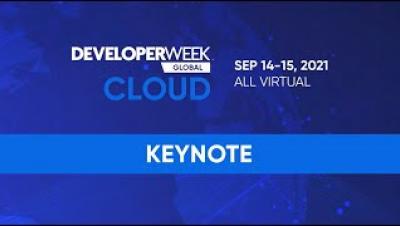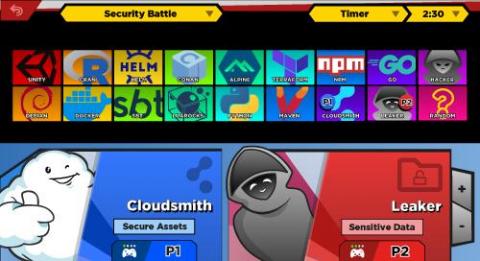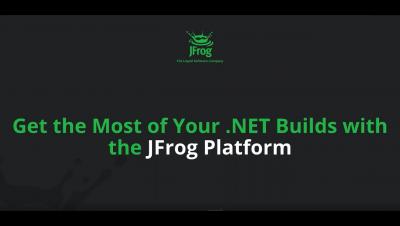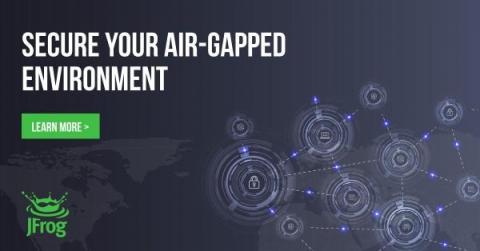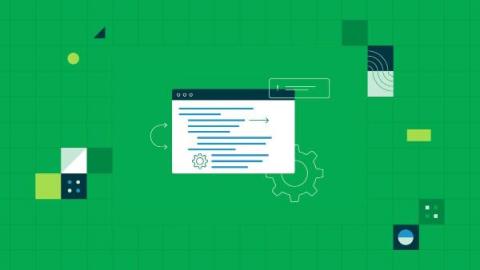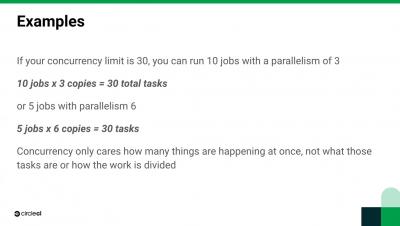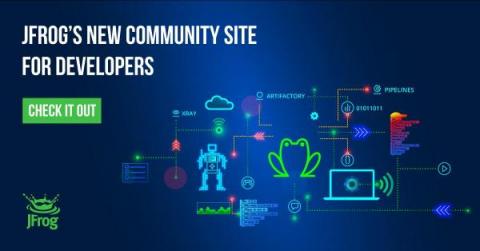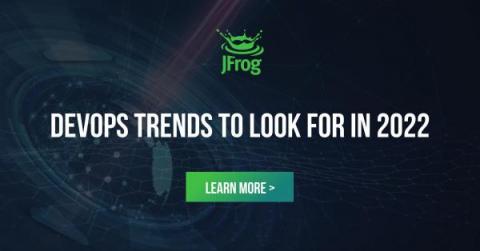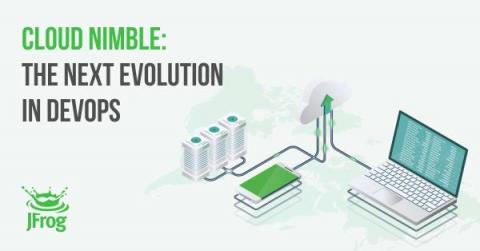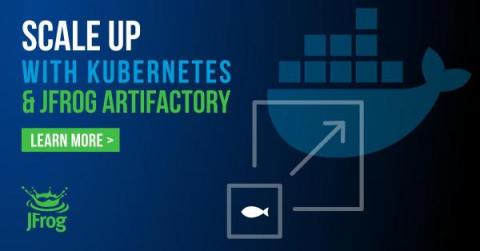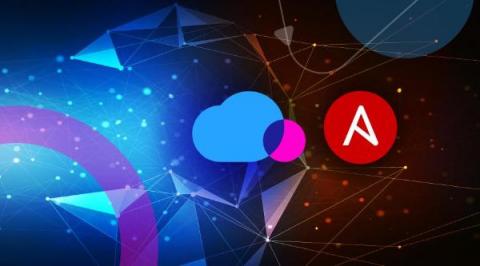Operations | Monitoring | ITSM | DevOps | Cloud
January 2022
IP ranges - better security for more confidence
Today, we’re announcing that one of our most popular feature requests, IP ranges, is now generally available for CircleCI Cloud customers. This feature enables teams to meet compliance requirements by limiting the connections that communicate with their infrastructure. No company wants to give the entire internet access to their artifact repositories or other sensitive environments. With IP ranges, teams are able to open up their IP-based firewalls to only CircleCI.
Improvements to Dart Package Support
At Cloudsmith, our core mission is to be THE universal package repository. That is why we support so many different packages, artifacts, and image formats and constantly improve the functionality and support we provide. With this in mind, we are happy to announce the latest improvements to our support for Dart packages.
Run Datadog Synthetic tests in your Jenkins pipelines
Continuous integration (CI) has become the mainstream approach to software development as it enables organizations to iterate quickly while minimizing the risk of releasing faulty code. To implement CI, many organizations rely on Jenkins—one of the most mature and widely used automation servers on the market. Jenkins comes with hundreds of community-backed plugins to help you easily integrate it with other tools in your development workflow.
CI/CD on Google Cloud
Mind Your Dependencies: Defending against malicious npm packages
Running regular security scans with scheduled pipelines
Security is a vital part of application development, yet it may be neglected until an attacker takes advantage of a vulnerability in the system. The consequences of a security breach can damage an application’s integrity as well as a company’s reputation and revenue. Software architects and engineers need to pay special attention to securing the systems they work on.
Continuous Service Virtualization, Part 2: Steps for Optimizing DevOps
In my prior blog, Continuous Service Virtualization, Part 1: Introduction and Best Practices, we offered an introduction to continuous service virtualization (SV) and discussed some key best practices. In this, the second and final post in the series, we will discuss the continuous SV lifecycle and how it helps to optimize DevOps and the continuous integration/continuous delivery (CI/CD) pipeline.
Continuous Software Pipelines: Why Enterprises Are Going Cloud-Native 2021 Dev Week Cloud Keynote
Cloud-Native Pipelines: Secure Software Delivery, Made Simple Dev Week Cloud Workshop Session
"Build It Yourself, They Said. It Will Be Worth It, They Said" Dev Week Enterprise Keynote Session
Continuous Software Pipelines: Why Enterprises Are Going Cloud-Native Dev Week Enterprise Open Talk
Package Management for Gaming Software Development
There is huge scope required when building video games. They are not just computer programs; they’re audio-visual artistic works. It’s a collaborative effort between software engineers, animators, scriptwriters, graphic designers, photographers and sound engineers. Working with these collaborators and assets leads to a different software pipeline than the average software project.
Practical Tips & Tricks for Speeding Up Your CI/CD Pipelines
Get the most of your .Net Builds
What is software architecture?
How do you run systems in production successfully?
How to scale your business | What to do and what not to do
How much could your team save? | CircleCI estimator tool
CircleCI 101 | Metrics, architecture, & product demo
How credits work at CircleCI
To learn more about pricing plans and credits visit: https://circleci.com/pricing/
How CircleCI allows Bolt to move faster in a 4-day workweek
Learn more about how Bolt helps engineers own and optimize build pipelines with CircleCI: https://circleci.com/case-studies/bolt/
Continuously Securing Software Supply Chain
API performance testing with k6
Performance testing measures how well systems perform when subjected to various workloads. The key qualities being tested are stability and responsiveness. Performance testing shows the robustness and reliability of systems in general, along with the specific potential breaking points. In this tutorial, you will use k6 to do load testing on a simple API hosted on the Heroku platform. Then you will learn how to interpret the results obtained from the tests.
No Internet? No Problem. Use Xray with an Air Gap - Part II
Using GitOps for Infrastructure and Applications with Crossplane & Argo CD
Testing locally with CircleCI runners
Many development teams start their CI/CD journey with a local build box (or six) that run their tests. In several mobile teams I worked on, for example, we had a few Mac Mini boxes with physical devices plugged in that we used for running local UI and unit tests. Eventually we migrated to a cloud-based solution, which brought us much greater stability and many new features. But moving to the cloud also meant our local hardware was obsolete.
Build private CircleCI orbs on any organization
Using CircleCI’s orbs is a great way to share CI/CD configuration across projects. Public orbs work well for wide adoption, but private orbs have been helpful for organizations needing to share common internal configuration in a secure, non-public way. Private orbs work only within the organization that publishes them. We recently opened up private orbs access to all CircleCI customers, including those on the Free plan.
Tanzu Talk: Drop everything and make sure you're actually doing CI/CD, like, for real
Getting started with continuous integration for Nest.js APIs
Nest.js is a scalable and efficient server-side Node.js framework built with TypeScript. Nest.js was created to provide a structural design pattern to the Node.js development world. It was inspired by Angular.js and uses Express.js under the hood. Nest.js is compatible with the majority of Express.js middleware. In this tutorial, I will lead you through building a RESTful API with Nest.js. The tutorial will familiarize you with the fundamental principles and building blocks of Nest.js.
How to deploy the Google Cloud Ops Agent with Ansible
Site Reliability Engineering (SRE) and Operations teams responsible for operating virtual machines (VMs) are always looking for ways to provide a more reliable, more scalable environment for their development partners. Part of providing that stable experience is having telemetry data (metrics, logs and traces) from systems and applications so you can monitor and troubleshoot effectively. Many Google Cloud services, including Google Compute Engine, provide basic system metrics out of the box.
Effective Incident Management: How to Improve Collaborative Software Development
CircleCI now offers the most generous free plan anywhere
TL;DR: Our free plan is newly re-launched, giving teams access to more build minutes, larger resource classes, and our most popular features formerly only available on paid plans. Visit our sign up page to get started today. Our mission has always been to help teams deliver software faster and better, and today marks a huge milestone for development teams everywhere: we are proud to now offer the most feature-rich and most generous free tier for CI/CD on the market.
What developers get, out-of-the-box, from the most generous free plan anywhere
Freemium plans are a great way for companies to introduce developers to their products and offer a hands-on demonstration of the value they provide. But it can be extremely frustrating for developers when a free tier limits access to key features or doesn’t provide enough capacity to evaluate how the product performs in real-world development scenarios.
Config best practices: Docker layer caching
Let’s face it: Creating the optimal CI/CD workflow is not always a simple task. In fact, writing effective and efficient configuration code is the biggest hurdle that many developers face in their DevOps journey. But you don’t need to be an expert to set up a fast, reliable testing and deployment infrastructure. With a few straightforward techniques, you can optimize your config.yml file and unleash the full potential of your CI/CD pipelines.
CircleCI Foundations: Understanding Concurrency
CircleCI Foundations: What Is Docker Layer Caching?
Getting started with scheduled pipelines
CircleCI’s scheduled pipelines let you run pipelines at regular intervals; hourly, daily, or weekly. If you have used scheduled workflows, you will find that replacing them with scheduled pipelines gives you much more power, control, and flexibility. In this tutorial, I will guide you through how scheduled pipelines work, describe some of their cool use cases, and show you how to get started setting up scheduled pipelines for your team.
Building a React dashboard to visualize workflow and job events
Data visualization is the process of translating large data sets and metrics into charts, graphs, and other visuals. The resulting visual representation of data makes it easier to identify and share real-time trends, outliers, and new insights about the information represented in the data. Using CircleCI webhooks, we can gather data on workflow and job events. In this tutorial, I will lead you through the steps to create a React-based dashboard to visualize this data.
Building a Laravel API for CircleCI webhooks
Software applications consist of interconnected systems - each providing a specialized service towards the common goal of meeting a business need. As with any network, an efficient data exchange mechanism is key to its functionality, effectiveness, and responsiveness. In the past, data exchange was performed using polling requests. At regular intervals, a system would make a request to get the latest information or find out if there is an update to deal with.
Season 1 Finale: The Top 3 Themes for Software Leaders in 2022
Check Out JFrog's New Community Site for Developers
CTO Corner with Yoav Landman, JFrog | Episode 1: Build Info
Jenkins, OpenTelemetry, Observability
If you’re like most organizations, you’re leveraging Jenkins for all sorts of things. Deployment pipelines, automated API tests, even glorified CRON jobs just to name a few.
DevOps 2022: 5 Big Rocks to Harness the Software Supply Chain
JFrog Artifactory on Your Choice of Cloud Provider
HTTP request testing with k6
Many of the multi-faceted applications development teams deploy every day are loosely coupled and every service exists to power another service. Most teams developing fullstack applications know that testing the communication between these services essential. Part of the process is testing HTTP request endpoints, and this tutorial focuses on exactly that. I will lead you through learning how to extend the k6 framework to test our HTTP endpoints.
CI/CD - What You Need to Know
Continuous integration (CI) and continuous delivery or deployment (CD) cover the process of automatically merging, building, and testing code changes ready for release, and – in the case of continuous deployment – releasing those changes to users. If you’re developing software for others to use, you’ll need to go through some form of build and test process before you make your latest changes available.
Cloud Nimble: The Next Evolution
Enhanced security for the Spot-Jenkins plugin
Pulling All Your Kubernetes Cluster Images from a Private Artifactory Registry
Spot publishes module collection in Ansible Galaxy
Ansible is an open-source IT automation engine that automates provisioning, configuration management, application deployment, orchestration, and many other IT processes. It is one of the most widely-used provisioning tools in the industry to enable infrastructure as code (IAC), made popular by its ease of use and simple, but powerful automation. With easy integration, you can use Ansible and Spot to fully automate and optimize your cloud infrastructure.
Get GitOps Certified with Argo
Codefresh has recently launched a new certification program that offers organizations and the open-source community a fast track to learning GitOps and how you can apply it to new and existing applications and infrastructure. These certificates can be earned through 3 courses and a final exam.





